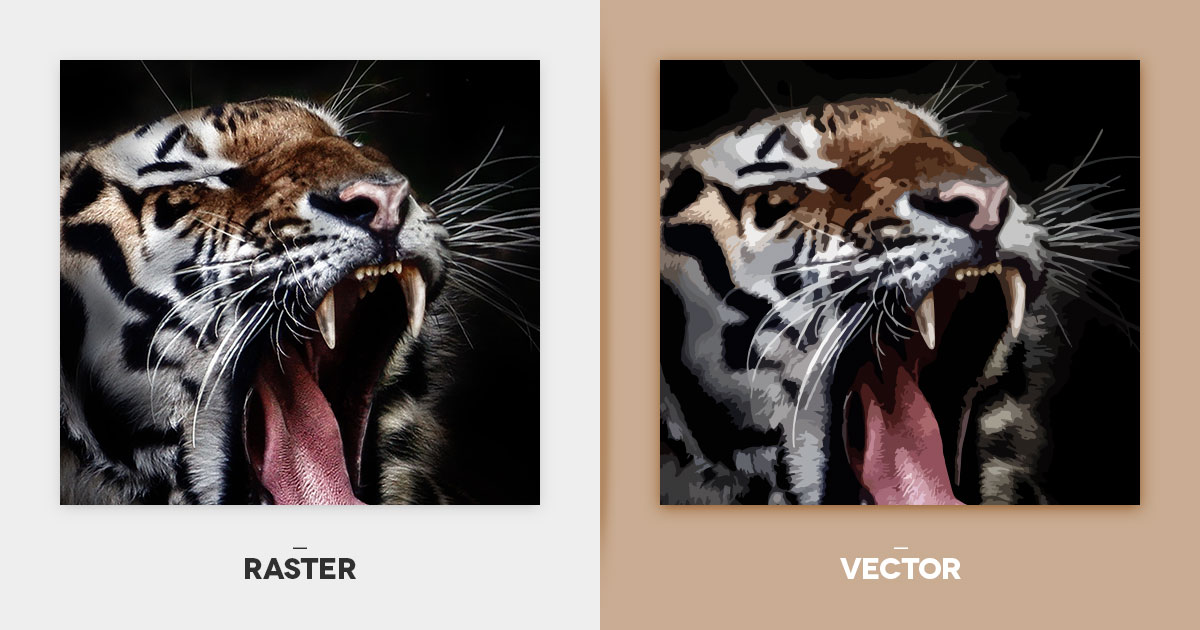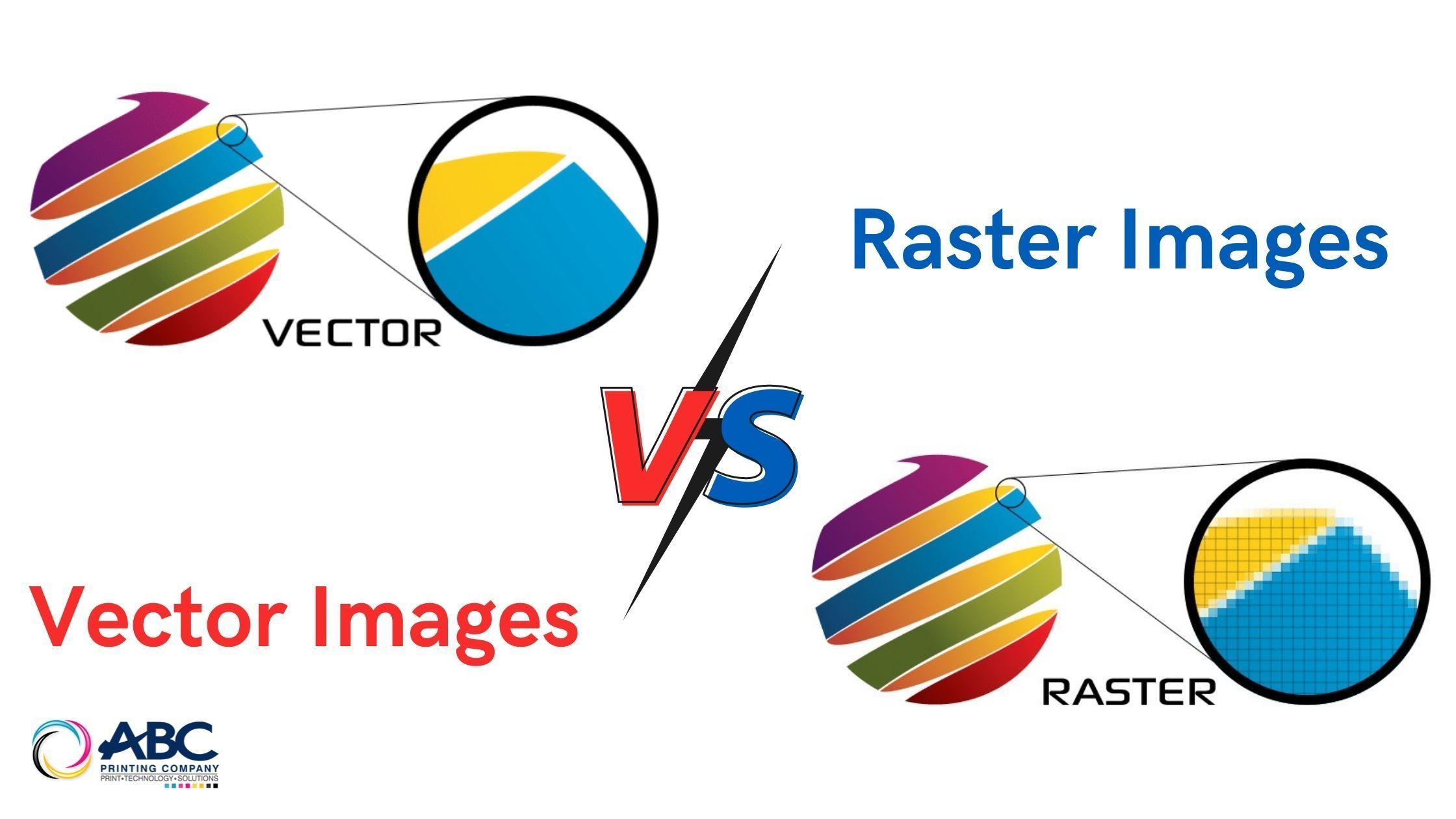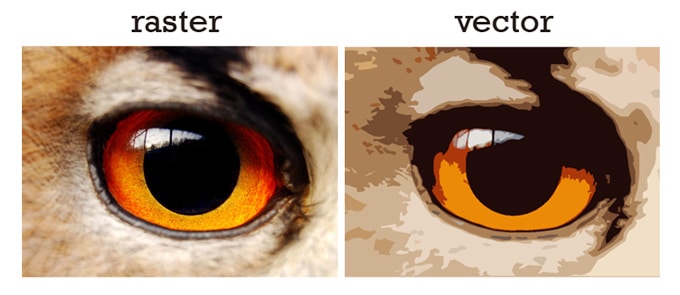
When creating graphics for use on screen, the Resolution setting in Photoshop’s Image Size dialogue doesn’t matter. The darker the grey on one channel, the more ink is put down on the page when printed. The come together to make the full-colour image. Each channel has 256 levels of grey in an 8-bit image. This is additive colour.ĬMYK: A CMYK image has four channels: cyan, magenta, yellow and black.

The lighter the greys are on the channel, the more intense the red, green or blue will be. Each one of those channels is a greyscale image that determines the intensity of its individual colour. RGB: In an RGB image, there are three channels: red, green and blue. This is 2 x 2 x 2 x 2 x 2 x 2 x 2 x 2 = 256 levels of grey. A regular greyscale image is called an 8 bit grey image. That channel is itself a greyscale image. Greyscale: A greyscale image’s pixels can be one of 256 levels of grey. 2 x 1 colours, which are black and white. A bit is the smallest increment of digital information. Bitmap mode is also called 1 bit colour because there’s only one bit of information. It’s like a light switch that’s on or off. Bit depth can go way higher, but such images are rarely used in graphic design.īitmap Mode: Each pixel can only either be black or white. Bit DepthĪ raster image can go from a single bit image, in bitmap mode to an 8 bit image, in colour. Use Bitmap or Bitmap mode for pure black and white images. It’s best to use raster when refering to a pixel-based image.

The phrase black & white is also often misused, interchangeably with greyscale. Sometimes it refers to a black & white image. The term bitmap has multiple definitions. Pixel dimensions refers to the number of pixels for the height of the image and the width of the image. Pixel Dimensions People often use 'resolution' where I use 'pixel dimensions'. So a 1920 x 1080 pixel image has 2 million pixels, which can also be expressed as two megapixels. With images for the screen, resolution is the total number of pixels in the image.

In print, resolution refers to how many pixels there are in a linear inch of the image.

Let’s assign terms to concepts Resolution This term is used in many different ways. Terminology relating to raster images is rather flexible. One of the most popular programs is Adobe Photoshop.As a graphic designer, you’ll be manipulating raster images for many different intents: high-end printing, app & web design, large format signage, etc… Being aware of the mechanics of what’s happening to the pixels in your images is crucial to successful reproduction. Most users use a paint program or image editor to create and edit raster images. What program can create a raster image?Īny program capable of opening one of the image formats mentioned above is capable of also creating a raster image. Vector images are used for logos, graphics, and text because they can be resized in any direction without distortion. For example, increasing the size of a small raster image distorts the image because the image editor is resizing each pixel in the image.īecause of this disadvantage, many printing companies that print business cards, posters, or any other large printing require the image to be a vector image. One of the biggest disadvantages of a raster image is the inability to resize the image without getting jaggies or other types of distortion. Today, almost all of the images you see on the Internet and images taken by a digital camera are raster images. The number defines the location, size, or color of the pixels. A raster image is an image file format that's defined by a pixel with one or more numbers associated with it. Raster may refer to any of the following:ġ.


 0 kommentar(er)
0 kommentar(er)
